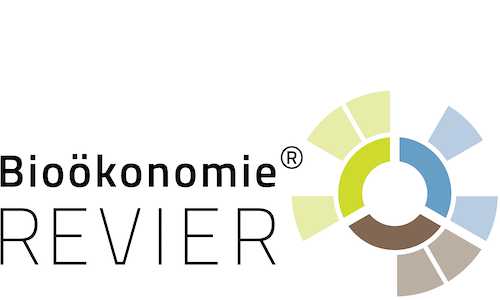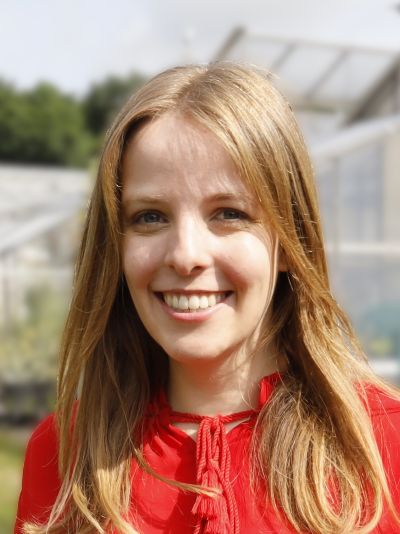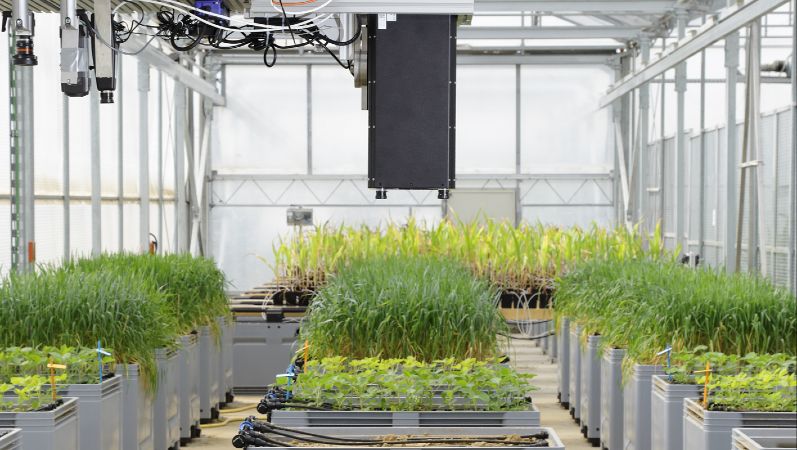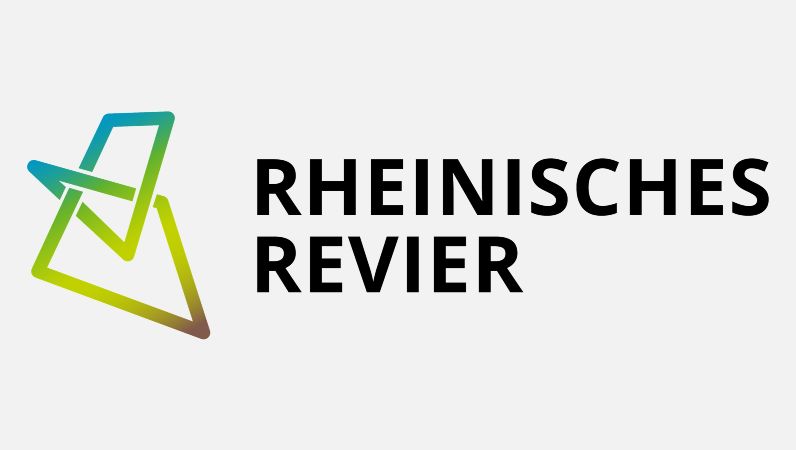Agrorobotik, KI und digitale Systeme für die Landwirtschaft (BrainergyLab)
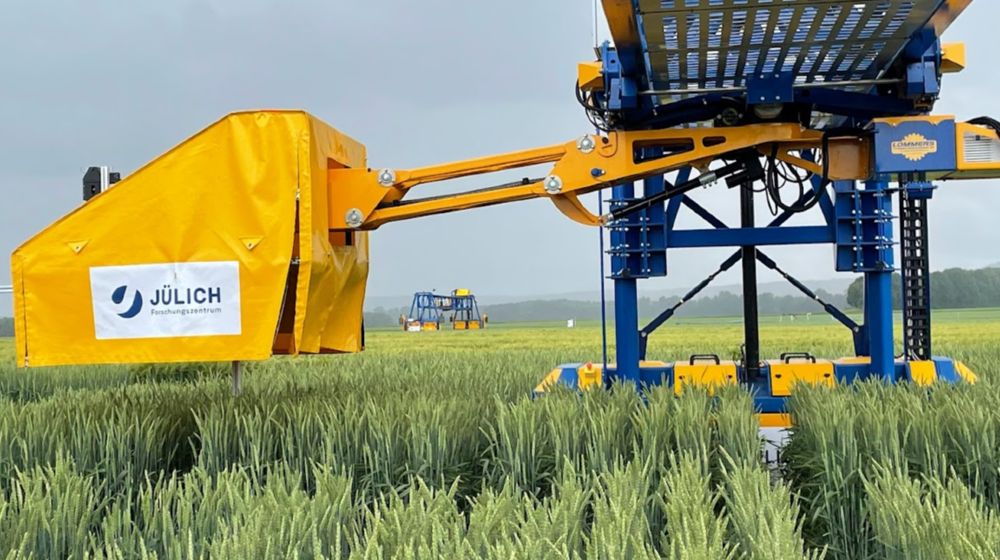
Fast die Hälfte der Fläche Deutschlands wird landwirtschaftlich genutzt. Die Arbeitsmaschinen, die dabei zum Einsatz kommen, werden bislang von Menschen bedient. In der Zukunft sollen Roboter und Drohnen mehr und mehr dieser Aufgaben übernehmen. Mit der Digitalisierung der Landwirtschaft ergeben sich zudem viele Chancen für Anbaumethoden, die sowohl eine Ertragssteigerung als auch eine verbesserte Energie- und Ökobilanz versprechen.
Im Entwicklungs- und Testzentrum BrainergyLab dreht sich alles um die ressourcenoptimierte und moderne Landwirtschaft der Zukunft. Das Innovationslabor bietet Landwirt:innen, Unternehmen und Forscher:innen eine Plattform, um gemeinsam neue Technologien wie Agrarrobotik, digitale Systeme und künstliche Intelligenz zu erproben. Innovative Technologien können schneller für die praktische Anwendung qualifiziert und zukünftige Geschäftsfelder gezielt erschlossen werden.
Neue Technologien
Das Institut für Pflanzenwissenschaften am Forschungszentrum Jülich entwickelt neue und quantitative Technologien und Prozesse zur Nutzung von Pflanzen als Bioressourcen für eine nachhaltige Bioökonomie - diese nutzt unter anderem das BrainergyLab:
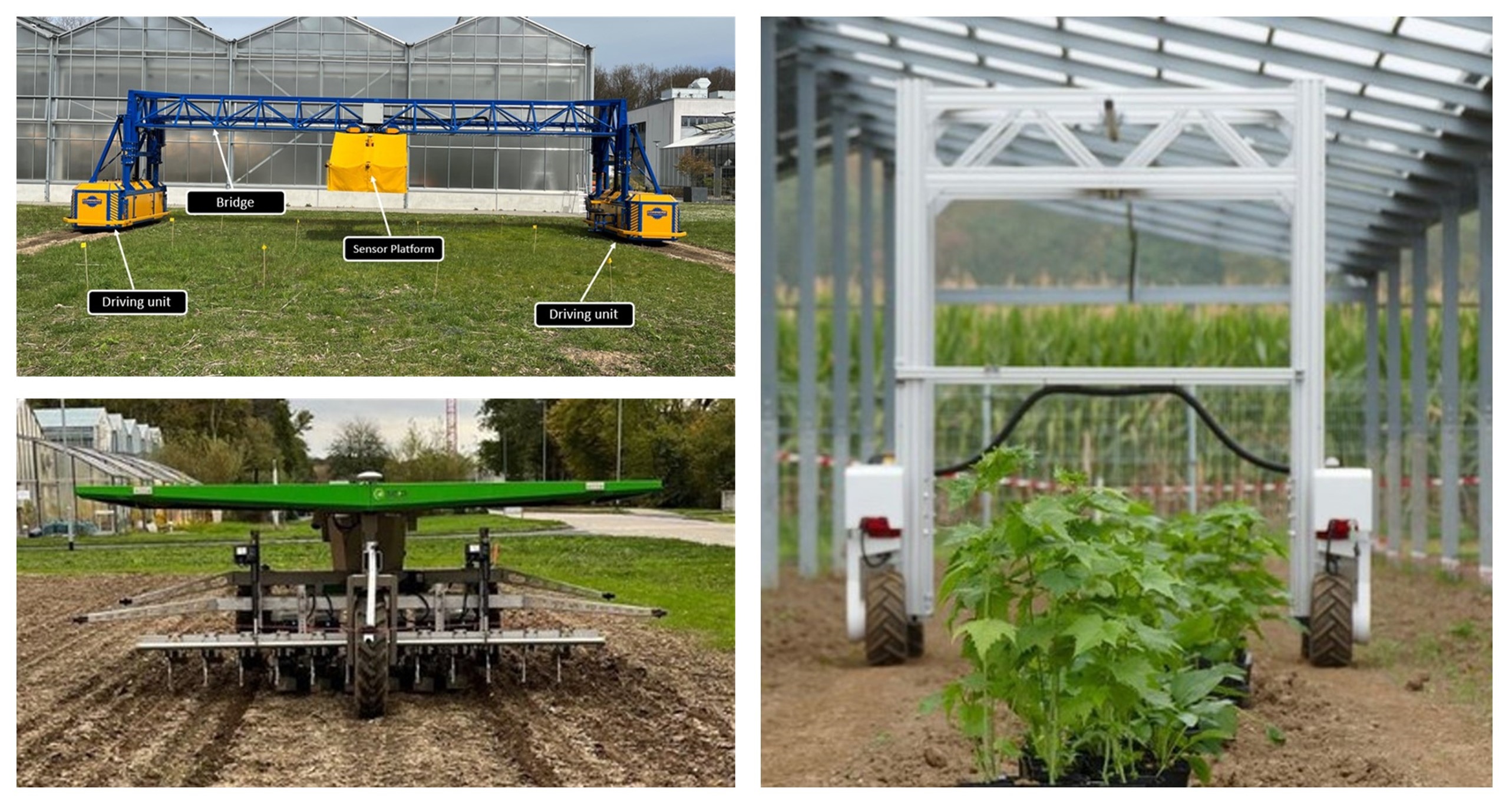
© Youtube/ BioökonomieREVIER
Perspektiven für die Region
- Landwirtschaftliche Versuchsflächen für regionale Unternehmen zur Erprobung neuer Methoden und Verfahren
- Neue Geschäftsmodelle durch Produktion und Vermarktung der Technologieinnovationen
- Nachhaltige Anbausysteme für mehr Ertragsstabilität und Ressourceneffizienz
Projektlaufzeit
1. Förderperiode: 01.12.2019 - 31.12.2021 (Brainergy Field Lab)
2. Förderperiode: 01.01.2022 - 31.12.2026 (BrainergyLab)
Partner
Forschungszentrum Jülich GmbH, Institut für Pflanzenwissenschaften (IBG-2): Dr. Christoph Jedmowski, Dr. Christina Kuchendorf, Prof. Dr. Ulrich Schurr, Prof. Dr. Uwe Rascher, Dr. Onno Müller.
FH Aachen, Institut für datenbasierte Technologien (IDT): Prof. Volker Sander, IaAM und MASKOR Institut: Prof. Stephan Kallweit
Veröffentlichungen
Boone A., Bellvert J., Best M., Brooke J.K., Canut-Rocafort G., Cuxart J., Hartogensis O., Le Moigne P., Miró J.R., Polcher J., Price J., Seguí P.Q., Bech J., Bezombes Y. et al. (2025) The land surface interactions with the atmosphere over the Iberian semi-arid environment (LIAISE) field campaign. Journal of the European Meteorological Society, 2, article no. 100007, doi: 10.1016/j.jemets.2025.100007.
Buffat J., Pato M., Alonso K., Auer S., Carmona E., Maier S., Müller R., Rademske P., Siegmann B., Rascher U. & Scharr H. (2025) A multi-layer perceptron approach for SIF retrieval in the O2-A absorption band from hyperspectral imagery of the HyPlant airborne sensor system. Remote Sensing of Environment, 318, article no. 114596, doi: 10.1016/j.rse.2024.114596.
Ihalainen O., Sandmann T., Rascher U. & Mottus M. (2024) Illumination correction for close-range hyperspectral images using spectral invariants and random forest regression. Remote Sensing of Environment, 315, article no. 114467, doi: 10.1016/j.rse.2024.114467.
Kneer C., Burkart A., Bongartz J., Siegmann B., Bendig J., Jenal A. & Rascher U. (2023) A snapshot imaging system for the measurement of solar-induced chlorophyll fluorescence – addressing the challenges of high-performance spectral imaging. IEEE Sensors Journal, 23, 23255 – 23269, doi: 10.1109/JSEN.2023.3297054
Kneer C., Burkart A., Bongartz J., Siegmann B., Bendig J., Jenal A. & Rascher U. (2023) A snapshot imaging system for the measurement of solar-induced chlorophyll fluorescence – addressing the challenges of high-performance spectral imaging. IEEE Sensors Journal, 23, 23255 – 23269, doi: 10.1109/JSEN.2023.3297054.
Salattna S., Bendig J., Kuchendorf C., Jedmowski C. & Rascher U. (2023) Monitoring crop seasonal development under biochar treatment with unmanned aerial vehicle (UAV)-based multispectral imagery. Publikationen der Deutschen Gesellschaft für Photogrammetrie, Fernerkundung und Geoinformation (DGPF) e.V., Band 31, 401 S., Hamburg und Köln 2023, Hrsg.: Thomas P. Kersten & Nora Tilly, pp 150 – 162.
Buman B. Hueni A., Colombo R., Cogliati S., Celesti M., Julitta T., Burkhardt A., Siegmann B., Rascher U., Drusch M. & Damm A. (2022) Towards consistent uncertainty assessments of in situ radiometric measurements for the validation of fluorescence satellite missions. Remote Sensing of Environment, 274, article no. 112984, doi: 10.1016/j.rse.2022.112984.
Peng H., Cendrero-Mateo M.P., Bendig J., Siegmann B., Acebron K., Kneer C., Kataja K., Muller O. & Rascher U. (2022) HyScreen: A ground-based imaging system for high-resolution red and far-red solar-induced chlorophyll fluorescence. Sensors, 22, article no. 9443; doi: 10.3390/s22239443.
Porcar-Castell A., Malenovský Z., Magney T., Van Wittenberghe S., Fernández-Marín B., Maignan F., Zhang Y., Maseyk K., Atherton J., Albert L.P., Robson T.M., Zhao F., Garcia-Plazaola J.-I., Ensminger I., Rajewicz P.A., Grebe S., Tikkanen M., Kellner J.R., Ihalainen J.A., Rascher U. & Logan B. (2021) Chlorophyll a fluorescence illuminates a path connecting plant molecular biology to Earth-system science. Nature Plants, 7, 998-1009, doi: 10.1038/s41477-021-00980-4
Krämer J., Siegmann B., Kraska T., Muller O. & Rascher U. (2021) The potential of spatial aggregation to extract remotely sensed sun-induced fluorescence (SIF) of small-sized experimental plots for applications in crop phenotyping. International Journal of Applied Earth Observations and Geoinformation, 104, article no. 102565, doi: 10.1016/j.jag.2021.102565.
Siegmann B., Cendrero-Mateo M.P., Cogliati S., Damm A., Gamon J., Herrera D., Jedmowski C., Junker-Frohn L.V., Kraska T., Muller O., Rademske P., van der Tol C., Quiros-Vargas J., Yang P. & Rascher U. (2021) Downscaling of far-red solar-induced chlorophyll fluorescence of different crops from canopy to leaf level using a diurnal data set acquired by the airborne imaging spectrometer HyPlant. Remote Sensing of Environment, 264, article no. 112609, doi: 10.1016/j.rse.2021.112609.
Wilke N., Siegmann B., Postma J.A., Muller O., Krieger V., Pude R. & Rascher U. (2021) Assessment of plant density for barley and wheat using UAV multispectral imagery for high-throughput field phenotyping. Computers and Electronics in Agriculture, 189, article no. 106380, doi: 10.1016/j.compag.2021.106380.
